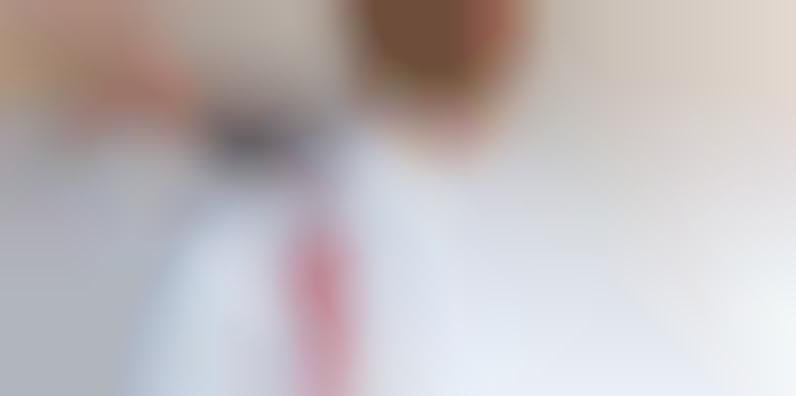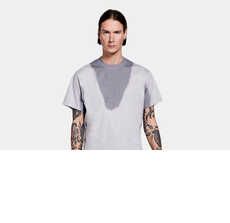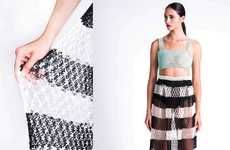
Labfresh's Collared Shirts Are Impervious to Stains and Sweat
References: labfresh.eu & thenextweb
Labfresh, an Amsterdam startup, sells a pristine white business shirt -- the type of clothing that immediately scares off anyone who tends to be clumsy while eating and drinking. However, the Labfresh button-up is amenable to spills, as the shirt is infused with a hydrophobic material that makes it virtually impervious to stains.
Though there are several clothing companies that offer hydrophobic, stain-resistant pieces, Labfresh sets itself apart by applying that technology to woven fabrics. This means that Labfresh's shirts look and feel just like normal business shirts, while other brands are coated with a material that gives them an uncomfortable, slick feeling. Further, by infusing the hydrophobic properties directly into the fabric, the shirts are safe to run through the wash without losing their resistance to stains.
Though there are several clothing companies that offer hydrophobic, stain-resistant pieces, Labfresh sets itself apart by applying that technology to woven fabrics. This means that Labfresh's shirts look and feel just like normal business shirts, while other brands are coated with a material that gives them an uncomfortable, slick feeling. Further, by infusing the hydrophobic properties directly into the fabric, the shirts are safe to run through the wash without losing their resistance to stains.
Trend Themes
1. Hydrophobic Clothing - The trend of incorporating hydrophobic technology into clothing allows for stain-resistant and easy-to-clean garments.
2. Functional Fashion - The trend of integrating advanced features into everyday clothing, like stain resistance, offers convenience and practicality for consumers.
3. Innovative Fabric Technology - The trend of using innovative fabrics, such as woven fabrics infused with hydrophobic materials, creates new opportunities for clothing designers and manufacturers.
Industry Implications
1. Fashion - The fashion industry can benefit from incorporating hydrophobic technology into clothing lines to offer stain-resistant and easy-to-maintain options for consumers.
2. Textile Manufacturing - The textile manufacturing industry can explore new techniques and processes to integrate hydrophobic properties into woven fabrics, opening up new markets for advanced fabric technology.
3. Workwear - The workwear industry can utilize hydrophobic technology to create functional clothing options that are resistant to stains and sweat, providing durability and ease of maintenance for busy professionals.
4.5
Score
Popularity
Activity
Freshness























